The Role of Physiotherapy in SLAP Tear Rehabilitation at Urban Sports & Rehab Centre

A SLAP tear (Superior Labrum Anterior to Posterior tear) is a specific shoulder injury affecting the labrum, a ring of cartilage in the shoulder joint. This injury is common in athletes, particularly those involved in sports requiring repetitive overhead movements, such as baseball, tennis, and swimming. It can cause pain, weakness, and a limited range of motion, impacting performance and daily activities. Urban Sports & Rehab Centre specializes in providing expert physiotherapy for effective SLAP tear recovery.
What is a SLAP Tear?
A SLAP tear occurs when the labrum, which stabilizes the shoulder joint, is damaged. This cartilage is crucial for maintaining the integrity and movement of the shoulder. Damage to the labrum weakens the joint, leading to discomfort, pain, and instability. While this condition often affects athletes, anyone who experiences shoulder trauma or repetitive movements can develop a SLAP tear.
.png)
Types of SLAP Tears
SLAP tears are classified into four main types based on the location and extent of the tear. Understanding these types helps to determine the appropriate treatment and rehabilitation plan.
- Type I SLAP Tear:
- Description: The labrum is frayed, but it remains attached to the shoulder socket. This type of tear is typically due to the natural aging process and is common in older individuals.
- Symptoms: Patients may experience mild pain and a decrease in shoulder mobility, but the joint remains relatively stable.
- Treatment: Conservative treatments, such as physiotherapy, are often effective for Type I tears. The focus is on strengthening the shoulder muscles and improving mobility.
- Type II SLAP Tear:
- Description: The labrum and the biceps tendon (which attaches to the labrum) are detached from the shoulder socket. This is the most common type of SLAP tear and is often seen in athletes.
- Symptoms: Patients usually experience significant shoulder pain, especially during overhead movements. The shoulder may feel unstable, and activities like throwing, lifting, or reaching are painful.
- Treatment: Physiotherapy can help in managing Type II tears, but surgical intervention may be necessary if conservative treatment is not sufficient.
- Type III SLAP Tear:
- Description: A "bucket-handle" tear, where a portion of the labrum is torn and hangs into the shoulder joint, but the biceps tendon remains intact.
- Symptoms: This type of tear often causes catching or locking sensations in the shoulder joint, along with pain and limited motion.
- Treatment: Surgical repair is typically required to remove the torn portion of the labrum. Post-surgery, physiotherapy focuses on restoring mobility and strength.
- Type IV SLAP Tear:
- Description: In this severe type of SLAP tear, the labrum is torn, and the biceps tendon is also split. This type of tear typically results from acute trauma or severe injury.
- Symptoms: Patients experience pain, weakness, and significant loss of shoulder function, making daily activities and sports extremely difficult.
- Treatment: Surgery is often necessary to repair both the labrum and the biceps tendon. Physiotherapy plays a vital role post-surgery to restore shoulder function.
Causes of a SLAP Tear
Understanding the causes of a SLAP tear helps to identify and prevent future occurrences. Common causes include:
.png)
- Repetitive Overhead Movements:
- Who is at risk? Athletes who engage in overhead activities, such as swimmers, volleyball players, tennis players, and pitchers, are at a higher risk. The repetitive motion stresses the labrum and can eventually cause tearing.
- Why it happens: Over time, the repeated arm movement above the head weakens the labrum, leading to microtrauma that can accumulate into a tear.
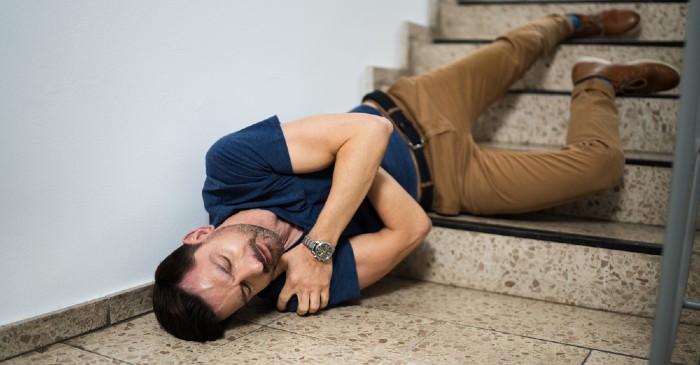
- Sudden Traumatic Injury:
- What causes it? Direct trauma, such as falling onto an outstretched hand or shoulder, can lead to a SLAP tear. Car accidents, sports collisions, or a forceful pull on the arm can cause this injury.
- Impact of trauma: When the arm is forced into an extreme position, it can pull on the labrum, causing it to tear.
- Shoulder Dislocation:
- Connection to SLAP tears: A shoulder dislocation, whether from sports or other accidents, can result in labrum damage. When the shoulder pops out of its socket, the labrum may be torn in the process.
- Aging and Wear-and-Tear:
- Degenerative SLAP tears: As we age, the labrum naturally weakens due to regular wear-and-tear. This is common in individuals over 40, where the tissue becomes more prone to tearing with less force than in younger individuals.
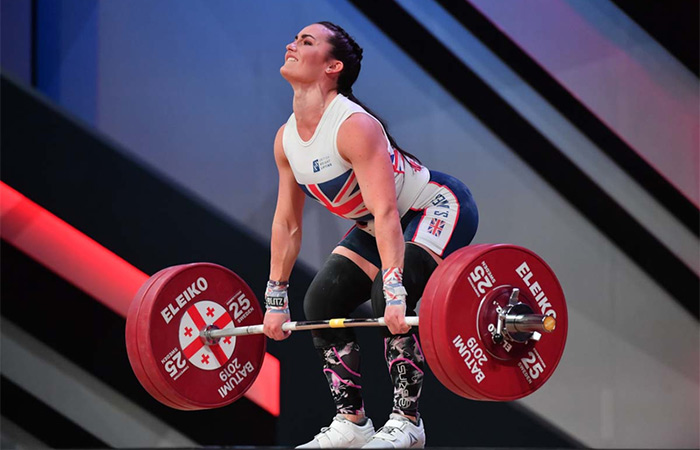
- Heavy Lifting or Forceful Arm Movement:
- Strain on the labrum: Lifting heavy objects or experiencing a sudden jerking movement of the arm can place excessive strain on the labrum, potentially leading to a tear.
Recognizing the symptoms of a SLAP tear is essential for early diagnosis and treatment. The symptoms can vary depending on the severity of the tear, but common signs include:
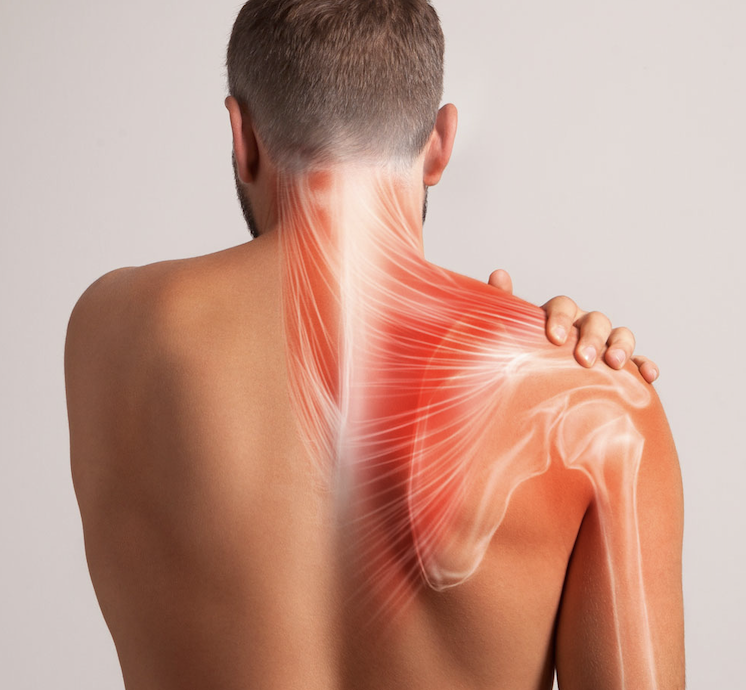
- Shoulder Pain:
- Where it hurts: Pain is typically felt in the front or deep within the shoulder. It is often worse during overhead activities such as lifting, throwing, or reaching.
- When it occurs: Pain may be sharp during movement or dull and aching at rest. It can worsen during nighttime, particularly when lying on the affected shoulder.
- Popping or Clicking Sensations:
- Joint instability: A popping, catching, or clicking sound may be felt or heard during shoulder movement. This is a sign of instability and indicates that the shoulder joint isn’t moving smoothly due to the tear.
- Weakness and Loss of Strength:
- Reduced power: Individuals may experience a noticeable loss of strength in the shoulder, particularly during overhead movements or lifting objects. Tasks such as throwing a ball, swimming, or even basic lifting can become difficult.
- Loss of function: Weakness can also lead to difficulty performing everyday activities like dressing, carrying groceries, or reaching for objects on high shelves.
- Limited Range of Motion:
- Stiffness: SLAP tears often cause stiffness and a reduced range of motion, making it hard to rotate the arm or lift it above the head.
- Painful movement: Certain movements may trigger sharp, intense pain, particularly when rotating the arm outward or reaching overhead.
- Feeling of Shoulder Instability:
- Joint looseness: The shoulder may feel loose or unstable, as if it could “give way” during physical activity. This is especially common during sudden, forceful movements.
The Role of Physiotherapy in SLAP Tear Rehabilitation
At Urban Sports & Rehab Centre, our approach to SLAP tear rehabilitation focuses on a progressive, patient-centered treatment plan. We help individuals regain their shoulder strength, mobility, and function through a structured process. Below are the key phases of physiotherapy rehabilitation for SLAP tears:
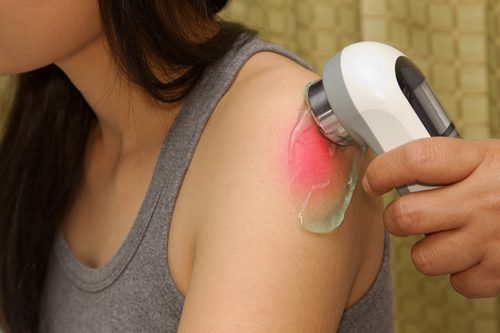
1. Initial Pain Management and Inflammation Reduction
- Goal: Minimize pain and inflammation.
- Techniques: We utilize cryotherapy, ultrasound, and electrical stimulation to reduce swelling and discomfort. Manual therapy, including soft tissue mobilization, is used to relieve muscle tension around the shoulder.
.png)
2. Restoring Range of Motion
- Goal: Improve shoulder flexibility and mobility.
- Techniques: Gentle passive and active-assisted range of motion exercises are gradually introduced. Stretches targeting the shoulder’s soft tissues, such as the pectoral and latissimus dorsi muscles, are incorporated to prevent stiffness and ensure balanced mobility.
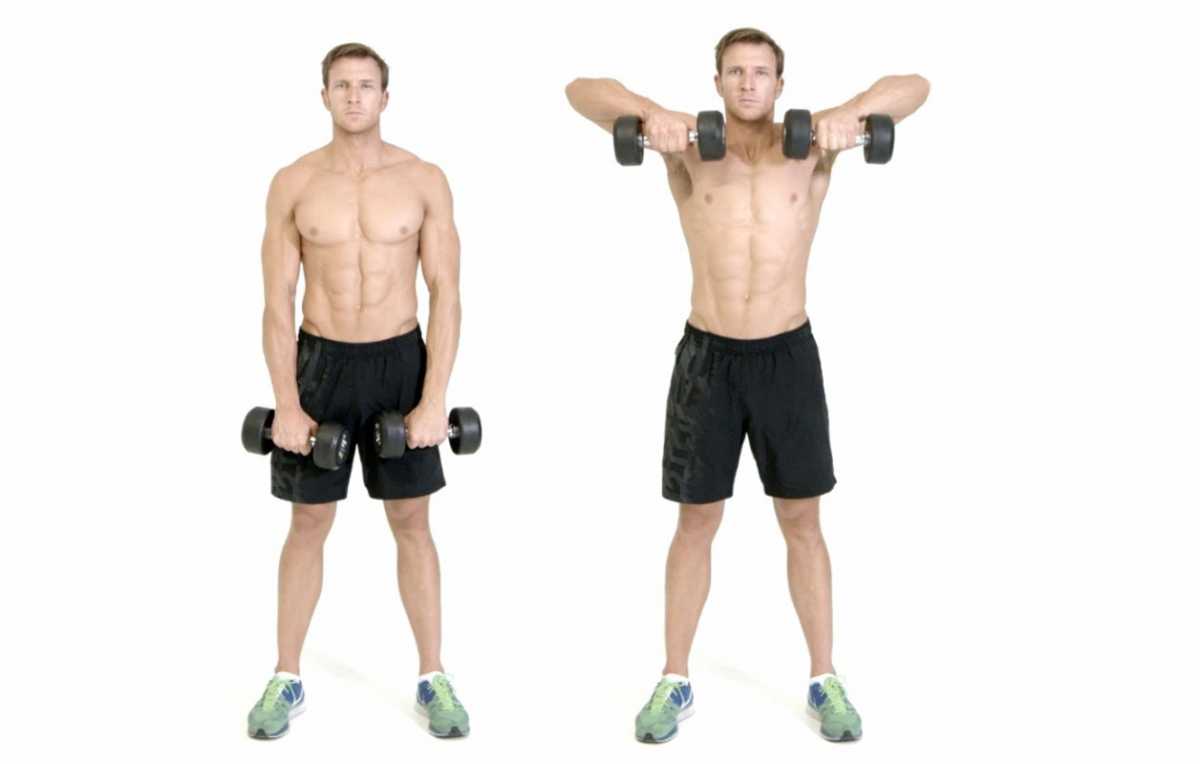
3. Strengthening the Shoulder Muscles
- Goal: Rebuild strength in the shoulder stabilizers and rotator cuff muscles.
- Techniques: Progressive resistance exercises using bands, light weights, and bodyweight movements are integrated to target the shoulder muscles. Strengthening the rotator cuff, trapezius, and deltoid muscles ensures improved shoulder stability.
- Goal: Restore the body’s awareness of joint positioning to avoid future injury.
- Techniques: Balance and coordination exercises, such as proprioceptive neuromuscular facilitation (PNF) and stability ball exercises, improve shoulder stability.
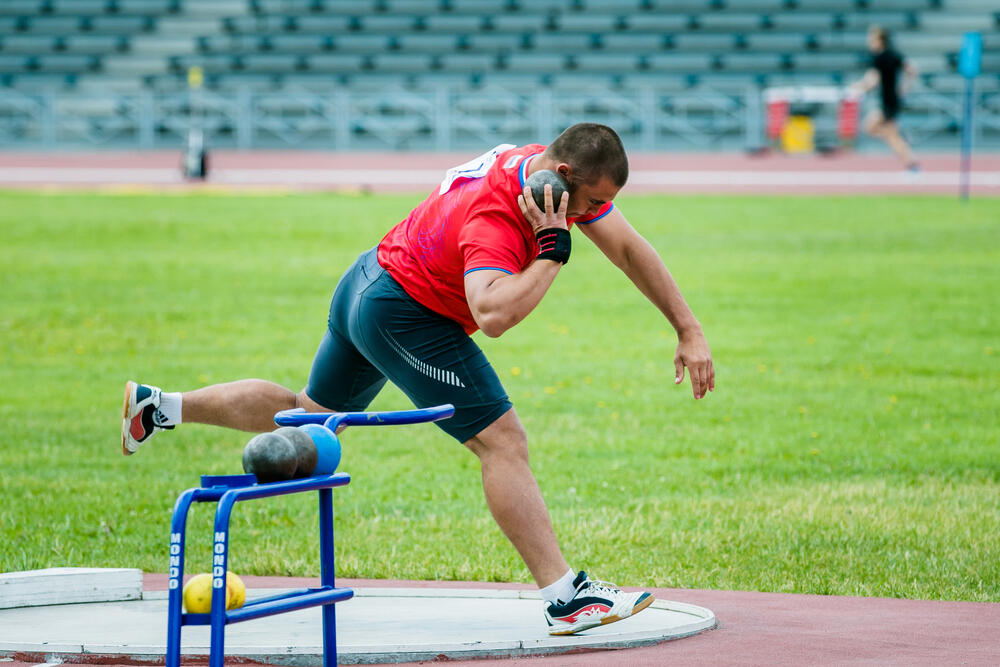
5. Functional Training and Sport-Specific Rehabilitation
- Goal: Return to pre-injury levels of performance, particularly in athletes.
- Techniques: Functional movement patterns are integrated to ensure the shoulder can withstand dynamic activities.
- Goal: Minimize the risk of reinjury through education on shoulder mechanics and strengthening routines.
Conclusion
A SLAP tear can be a debilitating injury, but with the right physiotherapy program, full recovery is possible. At Urban Sports & Rehab Centre, we’re committed to providing the best rehabilitation services, ensuring our patients return to their daily activities, work, or sports stronger than before. Our evidence-based approach, combined with patient education and a supportive environment, makes us the go-to center for SLAP tear rehabilitation in Johor Bahru.
If you’re dealing with a SLAP tear or shoulder pain, reach out to Urban Sports & Rehab Centre today to begin your journey toward recovery!
#SLAPTearjb #ShoulderInjuryjb#ShoulderRehabilitationjb #ShoulderPainjb #SportsInjuryjb
Oct 02,2024
